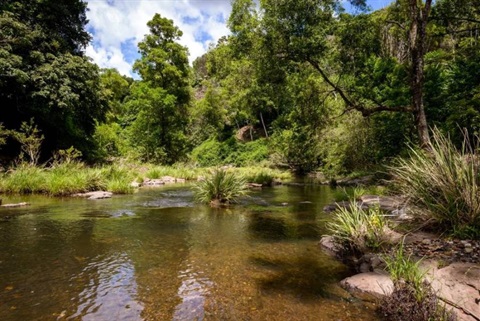Coastal Zone Management Plan

The Coastal Zone Management Plan (CZMP) is a 10-year strategic plan developed to manage the Richmond River Estuary, stretching over 90km from its tidal limit near Boatharbour to its mouth.
The estuary is a valuable resource for the community, but it is also prone to human-induced impacts.
The CZMP was formulated to balance ecological sustainability with recreational and commercial activities in the region.
The Richmond River Coastal Management Program (CMP) is an updated and comprehensive management action plan that takes a whole-of-catchment approach to managing the Richmond River Estuary. Developed by multiple councils and the NSW government, community input has been critical in shaping the long-term strategy. Currently, the Stage 1 Scoping Study is underway.
To provide feedback on the program, please visit the Richmond River Coastal Management program webpage and complete the feedback form. It is worth noting that the Richmond River estuary and catchment are significant to many people, particularly the Bundjalung Nation, owing to its cultural importance.